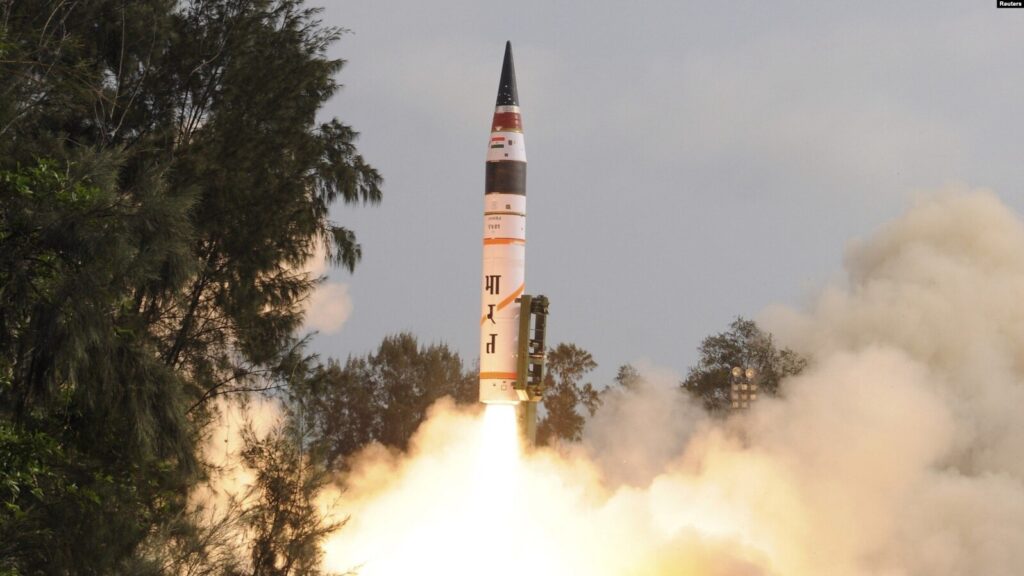The Stimson Center is releasing today an essay by David Smith entitled “The US Experience with Tactical Nuclear Weapons: Lessons for South Asia.” Smith served twice as the US Army Attaché to Pakistan, and is now an independent consultant.
After testing nuclear weapons in 1998, Pakistan and India announced nuclear postures of “credible minimum deterrence.” Over the past decade, however, both countries appear to have doubled their stockpiles, and they are adding cruise missiles and sea-based deterrents. Of particular concern has been the Pakistan military’s embrace of short-range, or tactical nuclear weapon delivery systems and warheads. India has yet to announce a comparable pursuit.
Smith explores the implications for nuclear stability in South Asia of Pakistan’s current approach to short-range delivery systems and warheads. Drawing from the US – Soviet historical model, Smith predicts three unsettling developments on the subcontinent should Pakistan continue apace: (1) new systems’ development and acquisition will precede development of doctrines concerning their employment; (2) India will match, if not exceed, whatever numbers of weapons Pakistan eventually builds; and (3) for both sides, fissile material production capacity, and not the number perceived to be needed for deterrence, may be the only limit on stockpile size.
Smith notes the reluctance of many in Pakistan to accept the premise that Cold War nuclear lessons posed by tactical nuclear weapons are relevant to South Asia because of the many differences in the two strategic environments. He holds that it is precisely these differences that make the contemporary India-Pakistan dilemma even more dangerous. He argues that the operational dilemmas associated with tactical nuclear weapons are profound and ill-considered. Smith concludes that, “Pakistan’s decision to embrace tactical nuclear weaponry will ultimately require it to deal with the doctrinal implications, increased security and command and control requirements, and the potentially destabilizing implications of deploying such weapons.”
Smith reviews the history of US and NATO deployment of tactical nuclear weapons, identifying key lessons learned relating to their impact on deterrence and preemption; their efficacy against mobile and armed forces; command, control, and communications; the difficulty of obtaining nuclear release authority for tactical targets; the challenges of securing deployed TNWs and ensuring survivability of nuclear launch units in battle; and, concerns that TNWs’ use in battle would be escalatory but not decisive. After contrasting current US, Indian, and Russian attitudes towards TNWs, Smith explores three Pakistani arguments for their efficacy: (1) to address the conventional imbalance on the subcontinent which favors India; (2) to checkmate India’s “Cold Start” doctrine, which seeks to create space for limited conventional war; and (3) to end hostilities without triggering a wider Indian nuclear response.
Finally, Smith assesses the similarities and differences between the Cold War environment and that of South Asia, and suggests “lessons the US and NATO learned at such a high cost” most relevant to Pakistan. He concludes that tactical nuclear weapons will add little to deterrence, will complicate safety and security, will invite preemption, will complicate command, control, and communications, and will be expensive.
Stimson’s analytical and prescriptive assessments on the nuclear competition in South Asia are funded by the John D. and Catherine T. MacArthur Foundation and by the National Nuclear Security Administration. To access this essay in its entirety, click here.

